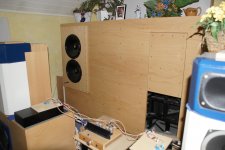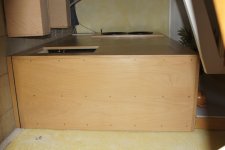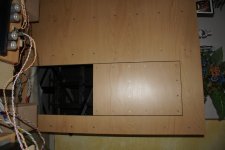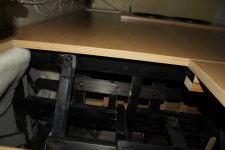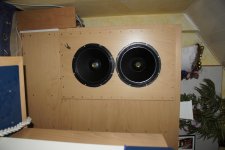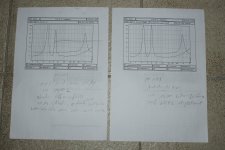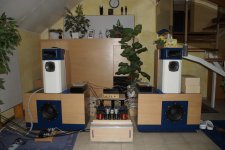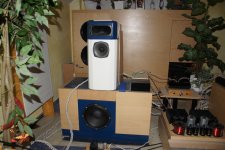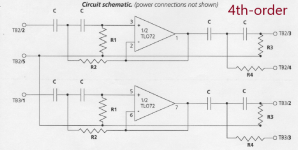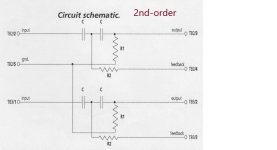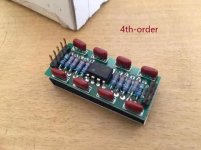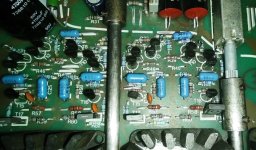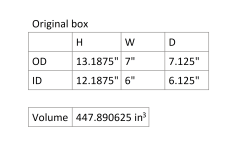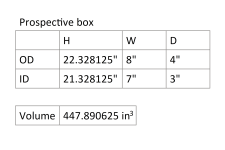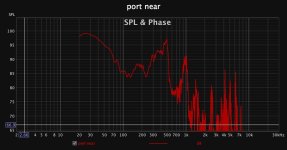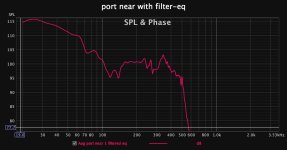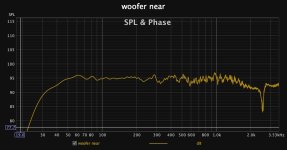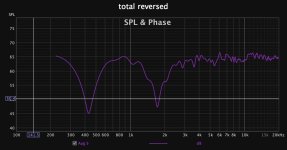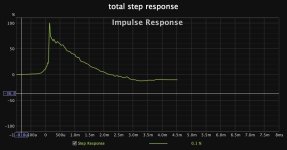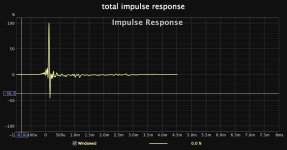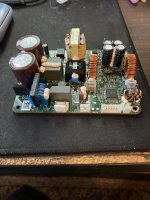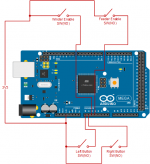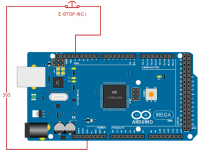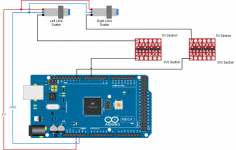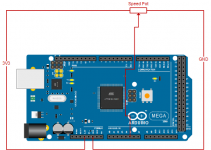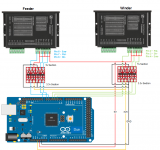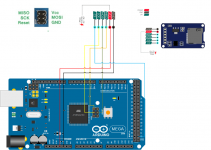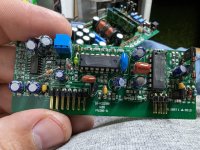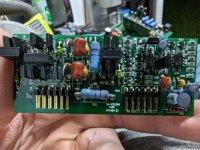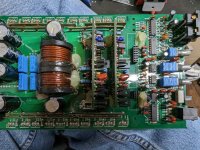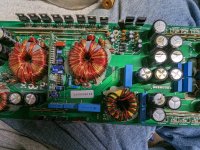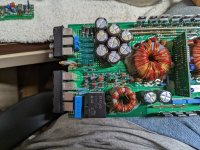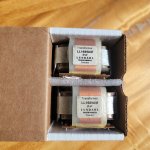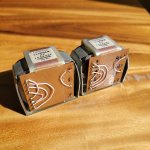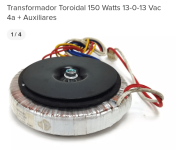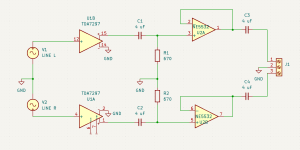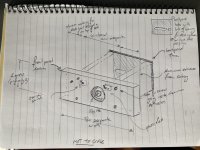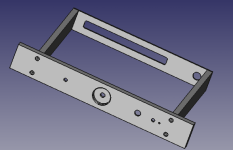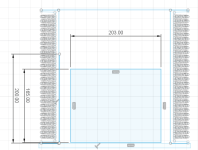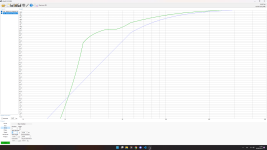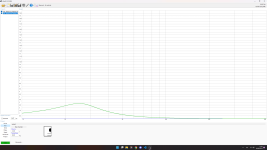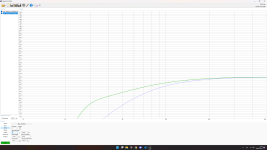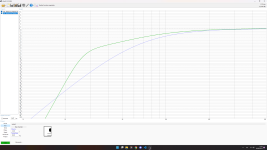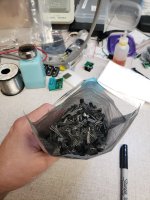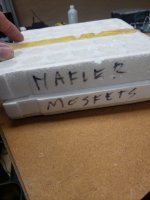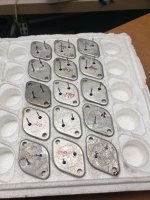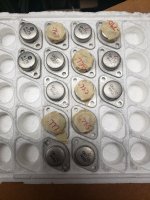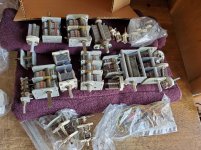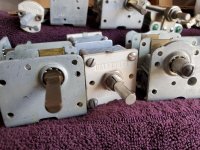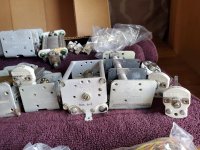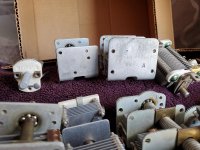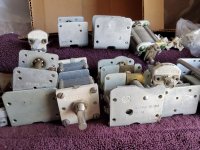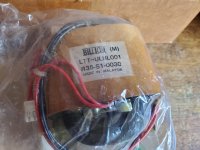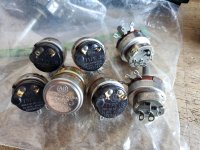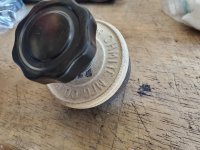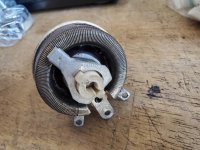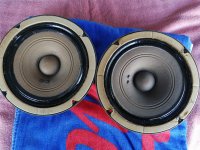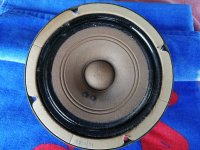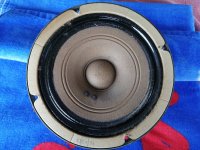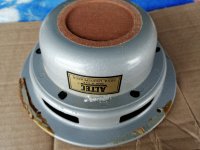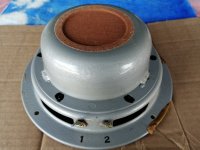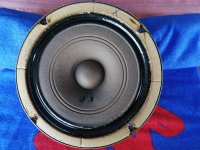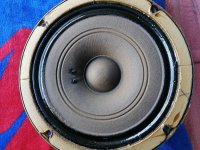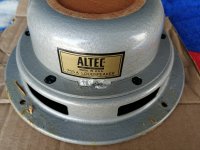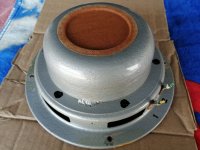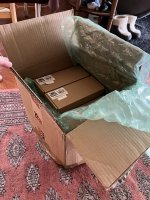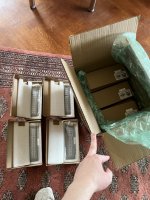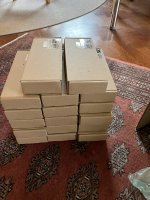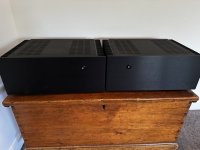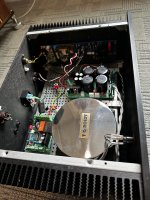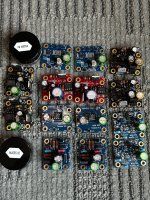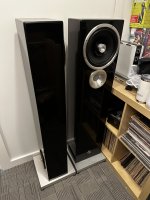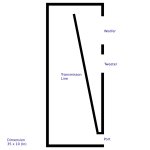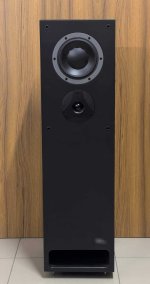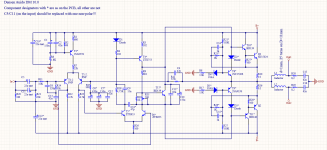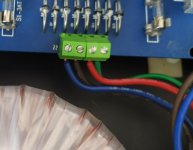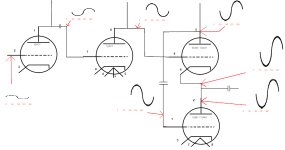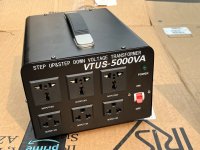Let's discuss what everyone is running, or wishes they were running. And what you like or don't like.
I currently have two pits
- Traeger Timerline 1800
- Texas Original Pits 55 gallon offset (Luling 20")
I've had a Kamado Joe Classic (Gen 1) in the past. Had to sell it when moving, as they tend to crack on long hauls.
Traeger Timberline 1800
Pros
For quick cooks (grilling), or longer cooks (BBQ) that I don't have time to babysit, I use the Traeger. It works great on some foods, like salmon and chicken. It's excellent at holding low temps. It will cook reliably down to 165F, and really shines with smoked Salmon and jerky. It also does chicken very well. I think this is probably because it produces a drier heat than other types of cookers, which helps the skin to crisp more.
Cons
It's hard to get a good sear or get it to run consistently above 450F... despite what their marketing suggests. It also doesn't have the airflow that a offset can produce, so the quality of the smoke isn't quite as good. Finally, it is electric, so I have to cover the control panel when its raining out, which is a pain.
Would I do it again
I like the convenience of a pellet grill. But for the price that Traeger charges for the Timberline series, I'd probably look at a Yoder or a Mak instead.
Texas Original Pits Offset Smoker
When I want the best BBQ I can make and want to spend hours tending a fire, I use the offset. It's configured as a Texas-Style direct flow (top down cooker) pit. It makes fantastic ribs and brisket. It's also great if you have a friend that also like to BBQ, and you want an excuse to sit around for 12 hours burning a fire and drinking beer.
Pros
A direct flow offset arguably produces the best BBQ you can make. The top down cooking nature of this style allows the fat to render on the top without burning the bottom. And the draft these cookers can produce allows them to run a little hotter than other cookers. They also produce a very high quality smoke. Finally, running a stick burner has a primal appeal that's hard to replicate with other cookers.
Cons
A good pit will be physically much larger than other styles of cookers. You also want one that's made with 1/4" tick steel, which will make it very heavy... think 400+ pounds at a minimum. A good pit will be expensive and a cheap one will need to be extensively modified. Finally, these pits need constant attention. You'll be feeding or tending the fire every 15 minutes for hours on end. Note for everyone.
Would I do it again
The Texas Original Pit wouldn't be my first choice. The stack is too small and short, and exit point it too high - which is difficult to modify. For the same price that these run new, there are better options. However, good pits can be very expensive, and I found this one locally at a fraction of it's retail price. If I was to buy a new offset and money wasn't an option, I'd lean toward Smoke Norths pits or maybe Fat Stacks.
I have an older model of the Luling. To get it to run properly, I had to modify it as follows:
- Semi-insulated firebox using 3/4" firebrick
- Stack extension to increase draw
- Two grate-level TelTru thermometers
- Water pan (1/4 size food pan)
- No baffle plates, other than a small 2" lip at the firebox opening that helps to create a swirl in the air flow.
The placement of the waterpan took some trial and error to get right and likely had the biggest impact on getting it to run well. I run it under the grate at the firebox throat. In this position, it helped immensely to even out temps across the cook chamber. I run with 5 degrees end-to-end. I think this is because the Texas Original Pits have a very large opening. Much bigger than a Franklin Pit or Smoke North Pit. I think partially blocking this with the water pan helps to control the airflow and force the draft upward.
Kamado Joe Classic
I'd don't actually own this anymore, but will still give my thoughts
Pros
Very versatile, and simpler to run than an offset. These can run from 200F to well over 700F. Great for slow and low BBQ and also wonderful for direct heat grilling. They can run hot enough to run a pizza stone - Something the Traeger struggles with.
Cons
It takes about an hour or so to get running, which can be tough for quick weeknight cooks. They hold temp well, but do still need occasional tweaks. Which makes it a bit tricky to cook with if you're doing an overnight cook - Like a pork shoulder or brisket that you want to serve at noon. They're best to buy new as the ceramics will crack with use and time - the warranty is very useful in this regard.
Would I do it again
I'd love to get another Ceramic Cooker - whenever I can get spousal approval. I like the Kamado Joe, Big Green Egg and Primo cookers. I lean toward a BGE, as my local retailer has a large stock and can handle warranty claims. But I like the made in the USA nature of the Primo.
So... what's everyone else running?
